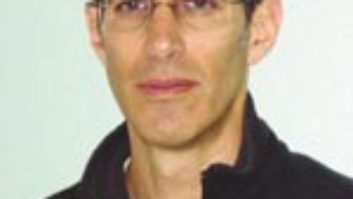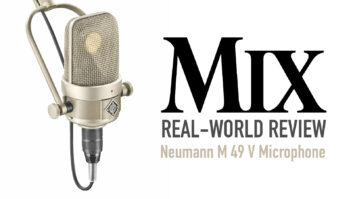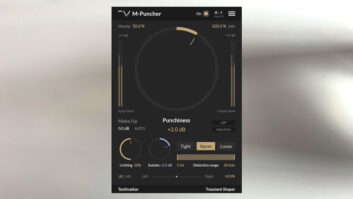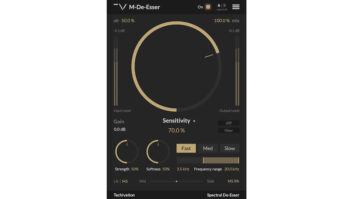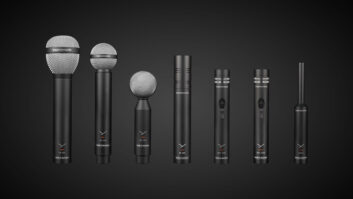FACILITY SPOTLIGHTOver the past eight years, Jonathan Wyner’s Cambridge, Mass., M Works mastering studio has established itself as the one of the top facilities of its kind in the Northeast, drawing a diverse clientele covering many different aspects of the entertainment industry. “We’re versatile in both our approach and our equipment,” says Wyner, who has been a mastering engineer for 15 years, including a stint at Northeastern Digital Recording before he started M Works. “We’re equally comfortable with symphonic programs, rock, rap, country, metal, jazz, world music… We’re all trained musicians and speak the language fluently. And Boston is an ideal place to be for this kind of work because there’s so much going on all the time. There’s a strong college music scene. There’s a wonderful early classical music scene. Then there’s the regular classical music scene, which is driven by the conservatories. There’s Berklee [College of Music] and the jazz scene. Ethnic music scene; hip-hop.” Wyner holds a music degree from Vassar College and has taught at both Berklee and the Recording Workshop in Ohio. His other staff mastering engineers are Colin Decker, David Merullo and Matthew Azevedo.
To accommodate the company’s steady growth, M Works recently built a new 2,700-square-foot space comprising three audio suites designed by George Augspurger of Perception Inc.-two traditional mastering rooms and a 5.1 room for DVD and other surround applications. “The expansion is something I envisioned over the last seven or eight years,” Wyner says. “We had really outgrown our old facility. We needed greater capacity, and I also felt that in order to reach beyond our immediate community that we needed to have a facility that would attract people from far and wide. But I also built it to please myself. I wanted to build a room that had this kind of resolution so I could feel challenged in my work and really hear everything that’s there.”
Wyner says the stereo mastering suites are “fairly similar in terms of their design. They have a slightly dead front end and a more live back end. The largest room is about 6,600 cubic feet, the other one is 5,200. Both offer a mixture of digital and analog technology.” Equipment in the new Studio A includes a Sonic Solutions system (5.4), Dunleavey SC-5 monitors driven by Bryston 7B-ST power amps, Enlightened Audio Design DAC/Preamp, Avalon and Weiss EQs and more. Studio B is also Sonic-equipped but features ADS 1590 and Tannoy DMT-12 speakers powered by Bryston and Hafler power amps. The 5.1 suite has a Sonic Creator, Genelec monitors, a Dolby decoder, a Baldwin master pot controller, an Audio Cube and various high-end DSP boxes.
Wyner is excited by the advances in technology he’s witnessed since his early days at NDR, and he makes every effort to stay on top of things for his clients. Asked if the rise in project studios and what appears on the surface to be more technologically savvy musicians has made his job as a mastering engineer any easier, he replies, “Frankly, I think in some ways it’s gotten worse, partly because of the rise of multi-effects units, which some people view as a mastering engineer in a box. I think that people are not being as mindful of mastering. People are overcompressing and overlimiting; and then, of course, I have to deal with that. I think, overall, people have a better idea of what mastering is, but I wouldn’t say they’re better prepared for it than they used to be.”
From a business standpoint, this might be good news for Wyner: It seems there will always be some mystery associated with the art of mastering, and Wyner is heartened by this fact: “There seems to be an endless supply of fresh bands out there making their first records. They need to be educated,” he says with a laugh.


